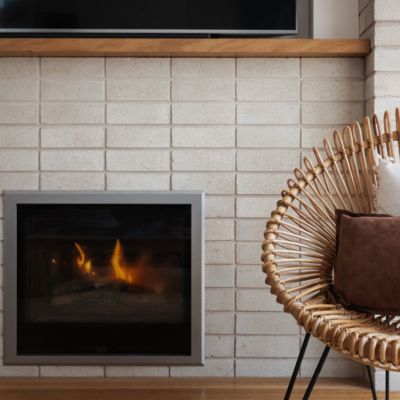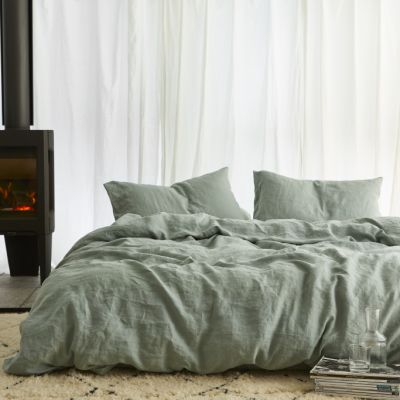Wood heaters versus gas log fires: Which is best for your home?

Since fire was first used by humans thousands of years ago, we’ve been hopelessly drawn to it. So if you’re thinking of installing some kind of fireplace this winter, you’re probably responding to an age-old inclination to create a hearth in your home – a place for people to gravitate and gather.
But which type of fireplace is best, and what kinds of things do you need to consider? Wood heaters and gas log fires are both good options, but what are the benefits and drawbacks of each?
Here are the things you need to think about when shopping for a new fireplace.
Your lifestyle
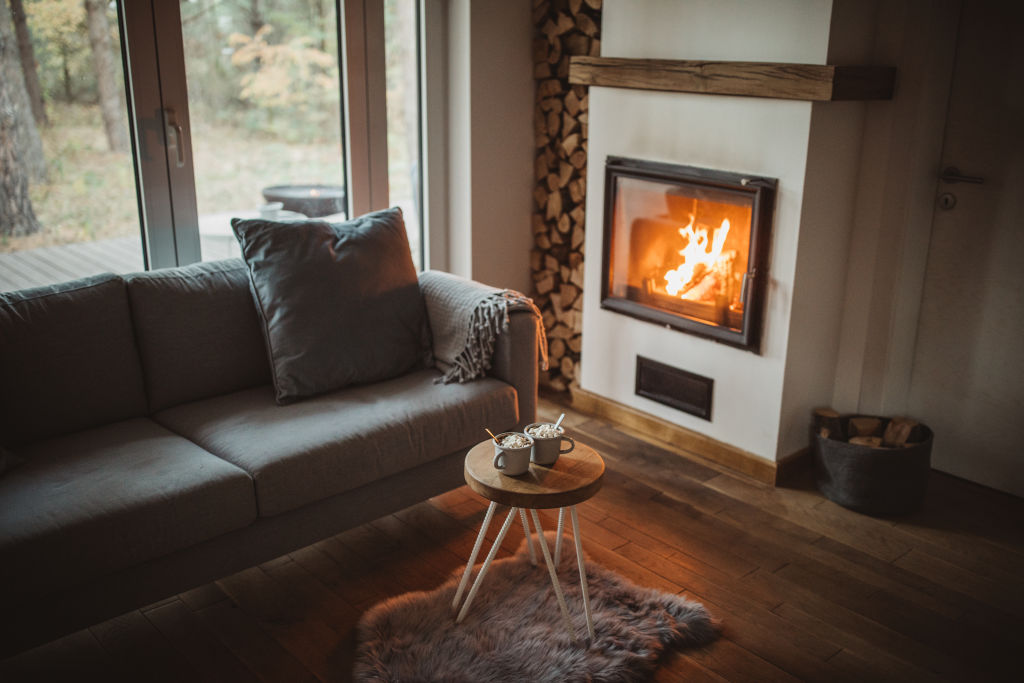
Wendy Wignell, of Wignells Heating and Cooling in Melbourne, says the first thing to think about is your lifestyle. Wood heaters obviously require more maintenance than their gas counterparts: as well as the effort of building a fire each day (or keeping it going through the night) and feeding it throughout the day, you need to source firewood.
A tonne of firewood will set you back around $250 to $300 (alternatively, you can forage for your own), and you’ll need a covered outdoor area to stack – and potentially split – the wood. If you come home at the end of the day to a cold house, getting the heat cranking won’t be all that quick or easy.
“If you’re a busy couple and you’re working and you get home late, and you just want to be able to flick a switch and you’ve got a fire, a gas log fire is probably the way to go,” says Wignell.

On the other hand, if you work from home or get home relatively early and have a backyard to store wood, a wood heater might make sense.
Ambience and aesthetics
With their sweet, woody smell and gentle crackling sounds, wood fires hold a nostalgic appeal for many people. The current trend is towards free-standing (as opposed to built-in) wood heater styles, which are popular because of their rustic, industrial appeal.
“It is a really personal sort of thing,” says Wignell. “Some people say, ‘Oh my God, I grew up with [a wood heater], I just have to have one, that’s just what I love’… It is that romance.”
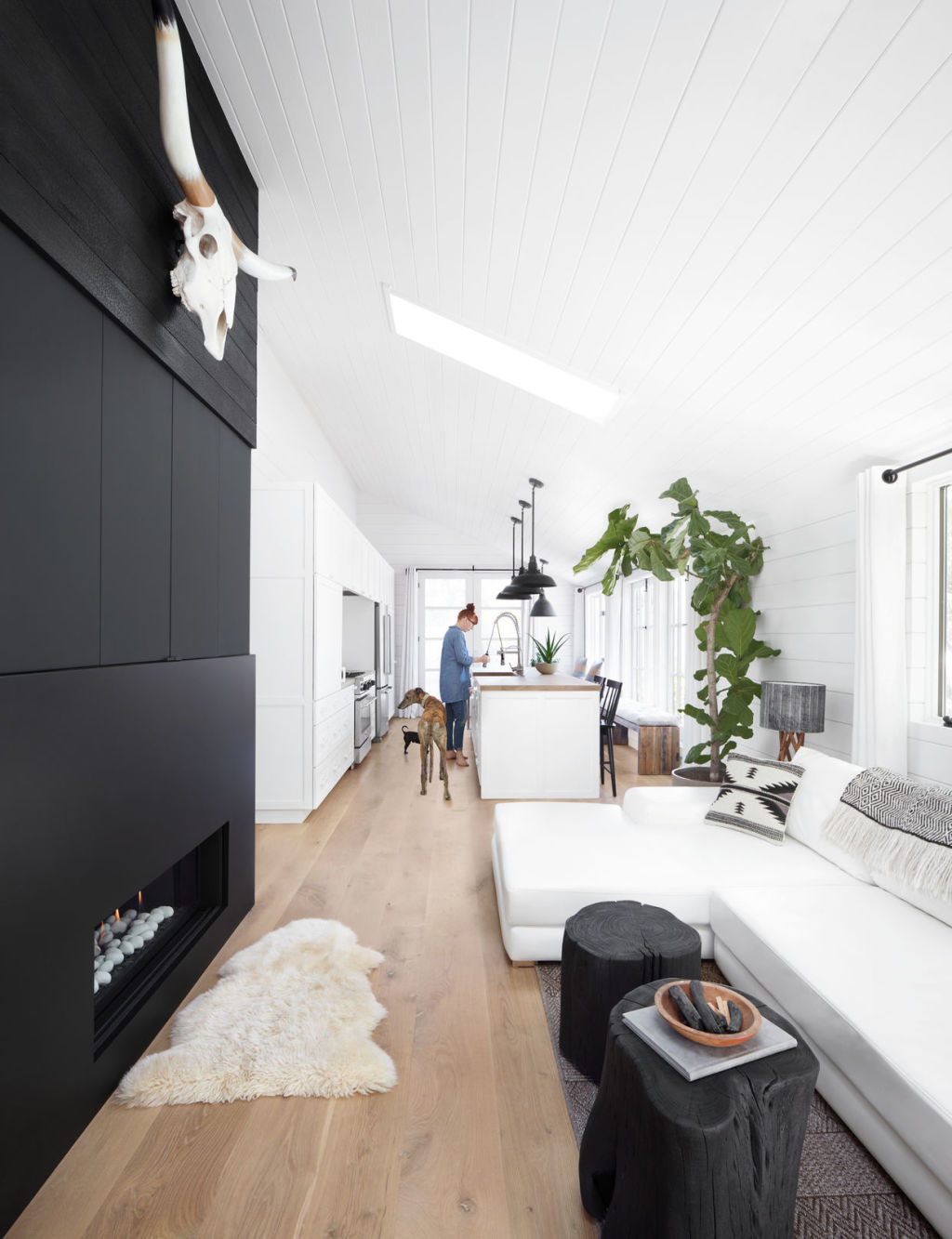
For their part, gas log fires have come a long way from the fake-wood-and-unconvincing-flame kind. While they may not have the sound or scent of a wood heater, gas fireplaces are much more reminiscent of wood fires than they used to be, and they keep on improving.
According to Wignell, some people choose to install a gas heater at their city property for the sake of convenience and then a wood heater at their holiday home, where they usually have more time to build and stoke a fire (as well as curl up beside it with a book). Plus, the financial burden of needing to use bottled gas in rural or coastal areas can steer people towards wood heaters instead.
Warmth
When it comes to heat, wood heaters are generally better at heating larger spaces or those with high ceilings – such as warehouse conversions – than gas heaters. They also give off radiant heat, as opposed to the convective heat that comes with gas. Radiant heat warms people and objects, whereas convective heat warms the air and can sometimes result in cold spots.
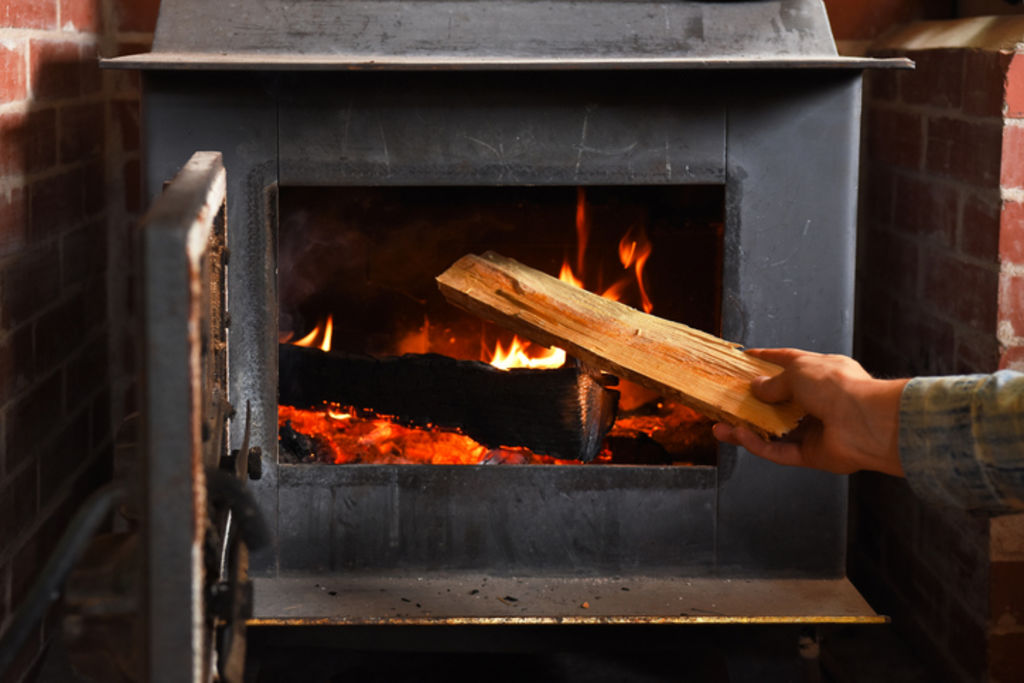
“Some people just prefer the radiant heat of a wood fire,” says Wignell. “And that’s where I have a personal preference.”
Cost
There’s also the cost factor. Buying a new free-standing wood heater starts at around $1000, plus about $600 for the flue and then the installation. Apart from firewood and maintenance, there are no real ongoing costs: your heating source is virtually off-grid. For a gas wood heater, prices start at around $4000 and obviously involve ongoing gas bills.
Sustainability

There have been different arguments over the years regarding the environmental footprint of both wood and gas fireplaces. A 2012 CSIRO study concluded that wood heaters release the same amount or less carbon than gas fireplaces, based on their finding that the wood burned in wood heaters usually comes from trees that are already dead and decaying (and therefore emitting their own carbon anyway), or from sustainably grown and harvested forests.
Others argue that harvested trees are not always replaced and that materials burned in home fires release methane and toxic particles into the air, making gas a cleaner option.
As Wignell says, at the end of the day your decision will be personal and informed by what feels right and is most practical for you.
We recommend
We thought you might like
States
Capital Cities
Capital Cities - Rentals
Popular Areas
Allhomes
More

